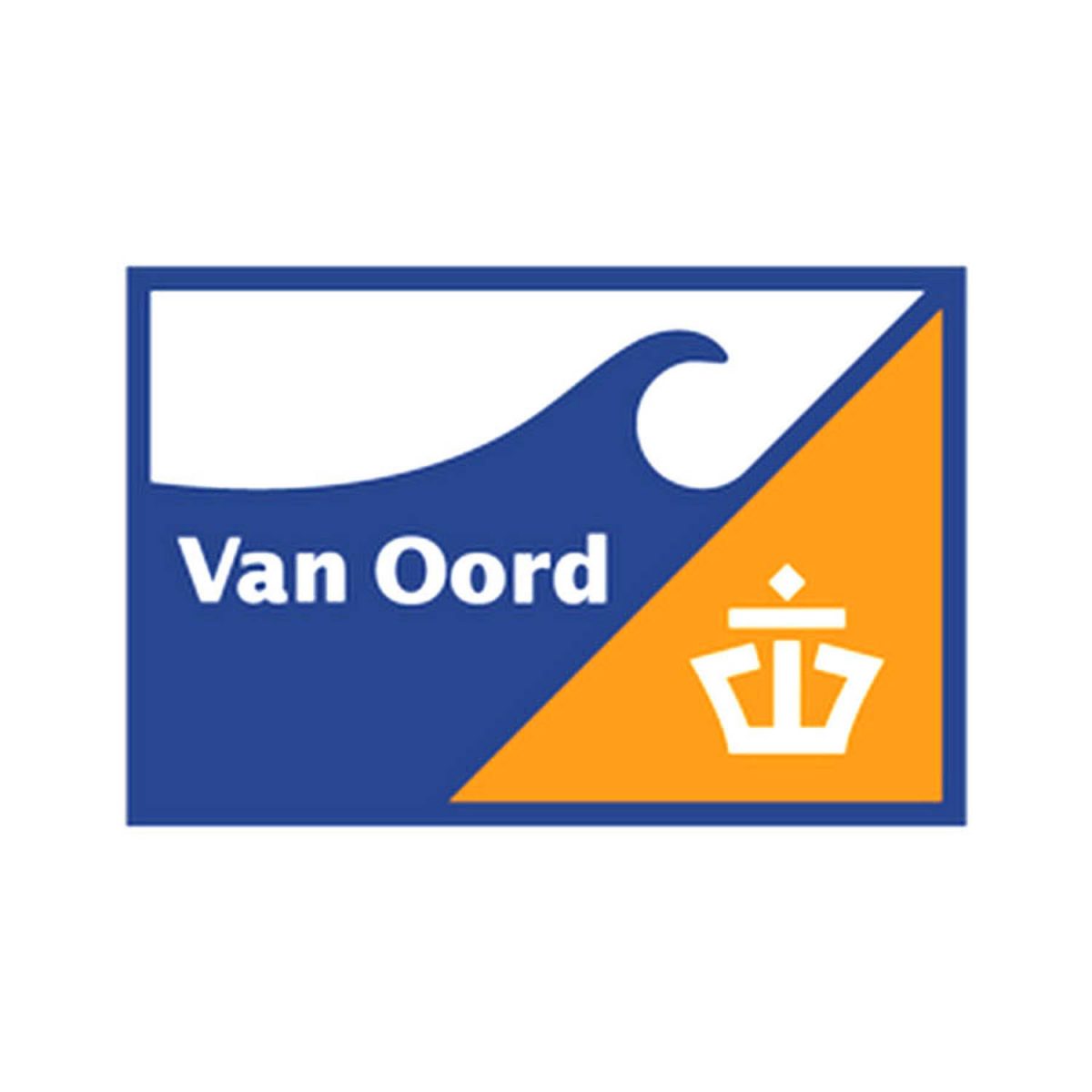While a permit is still to be issued by the Environmental Protection Agency (EPA), ExxonMobil is forging ahead with plans for the massive gas-to-shore project and has since made a contingent award of the contract for the construction of the pipeline.
On Wednesday, the Subsea 7 and Van Oord consortium announced that it has received a “substantial” contract from ExxonMobil affiliate Esso Exploration and Production Guyana Limited (EEPGL) for the gas-to-shore project. Subsea 7 said that it considers a “substantial” contract to be in the vicinity of US$150–300 million.
The company said that the scope of the contract covers the project management, engineering, and installation of approximately 190 kilometres of pipeline, with an associated shallow water portion and onshore approach making landfall to the west of the Demerara River, along the coast of Guyana.
The pipeline is expected to land at Crane/Nouvelle Flanders, West Coast Demerara and make its way to Wales on the West Bank of Demerara. The project will involve capturing associated gas produced from crude oil production operations on the Liza Phase 1 (Destiny) and Liza Phase 2 (Unity) Floating, Production, Storage, and Offloading (FPSO) vessels.
The project is pegged at US$1.3 billion and the government hopes it will lead to vastly lower energy costs that would enable a spurt in manufacturing. However, there have been doubts over the country’s execution capacity and whether a feasibility study has been done for this massive project which would be the biggest in the country’s history.
According to a statement from the companies, Craig Broussard, Vice President for Subsea 7 US said that they are honoured to be selected for the project.
“This is an important project to support the Guyanese people and we look forward to continuing our relationship with EEPGL in one of the most prolific and exciting development basins in the world,” he was quoted as saying.
Meanwhile, Commercial Director for Van Oord, Hans van Gaalen said “Van Oord is honoured to have been selected for the Guyana Gas to Energy project in cooperation with Subsea 7. Developing the coastal infrastructure for the project will allow our Subsea 7 and Van Oord consortium to positively contribute to the development of Guyana’s electricity supply which in turn will reduce Guyana’s dependence on imported fuels.”
Stabroek News understands that ExxonMobil awarded the contract on a “conditional basis” meaning that it is dependent on the relevant approvals being granted. When contacted ExxonMobil’s spokesperson Janelle Persaud confirmed that the contract is contingent on the relevant approvals from the EPA and other agencies. She added that no work will be conducted prior to those approvals.
Subsea 7 is a London headquartered engineering, construction and services company serving the offshore energy industry that was formed as a joint venture between DSND Subsea and Halliburton Subsea Services in 2002. Meanwhile, Van Oord is a “Dutch family-owned company with more than 150 years of experience as an international marine contractor.”
Some 150 acres of land at Wales has been allocated for the project slated to cut power costs by 50 per cent. The government’s power plant is expected to utilise “dry gas” for electricity generation. The impacts of that power plant have not been addressed in the Environmental Impact Assessment for the pipeline, since it will not be constructed by EEPGL.
The project aims to employ approximately 800 workers during the peak construction stage and 40 full-time workers during the operation phase.
It will be executed in three phases – construction, operation and decommissioning. It entails three aspects as well – an offshore pipeline which is approximately 220 kilometres of a subsea pipeline extending from new subsea tie-ins at the Destiny and Unity FPSOs in the Stabroek Block to the proposed shore landing, located approximately 3.5 kilometres west of the mouth of the Demerara River; onshore pipeline that is a continuation of the offshore line and extends about 25 kilometres from the landing site to the Natural Gas Liquids (NGL) plant; and the NGL plant and associated infrastructure that will be located about 23 kilometres upstream from the mouth of the Demerara River on the west bank.
Both the Destiny and Unity FPSOs have pre-installed facilities to allow for the export of the associated gas with crude production.
Exxon, through its consultant Environmental Resource Management (ERM), submitted an EIA on April 13, 2022. The EIA forms part of the environmental permit application to the EPA. The company has since conducted several public engagements on the project and the study with relevant stakeholders and the EPA is now reviewing the study.






